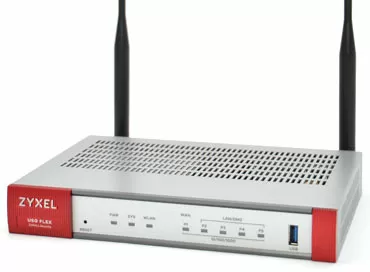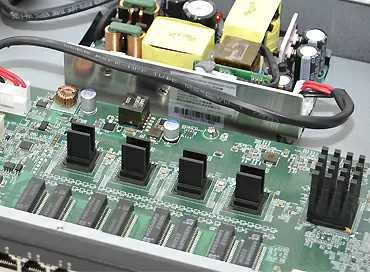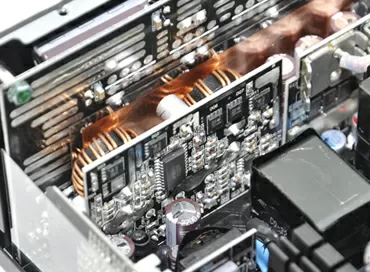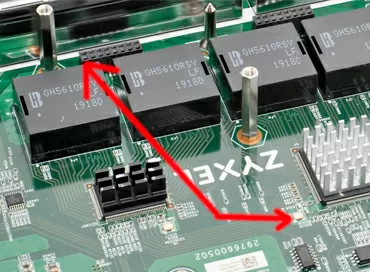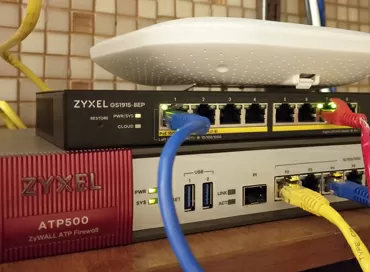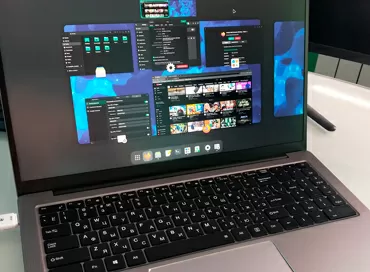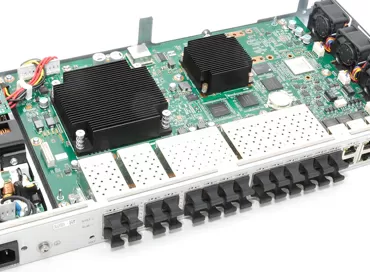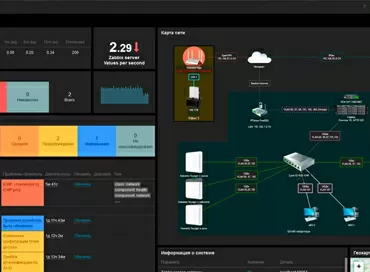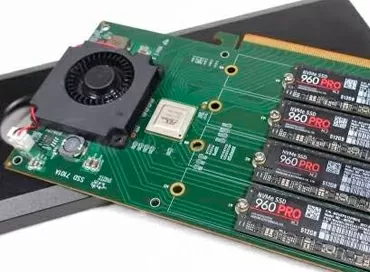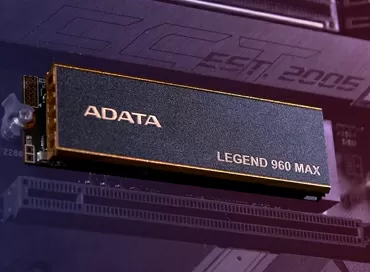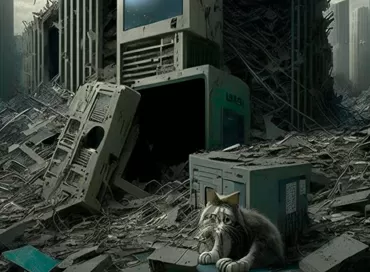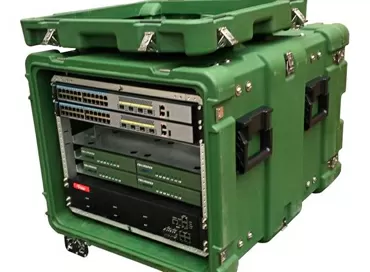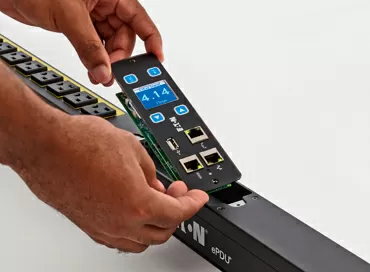Guide to buying used servers
Your business has already grown so much that you need your own server for 1C, CRM, MySQL or virtualization, but the prices for server hardware upset you? In this article, we'll show you how to save up to 100x on used server hardware and not regret buying it.
Server equipment has a huge safety margin, it can work 24x7 for years and decades. And if you are not worried about the lack of warranty and support, but there is a desire to buy a top server for the price of a good mobile phone (from $ 100 to $ 500), this article is for you.
1. Why buying a used server is justified
The market for used servers is huge, and the more developed the country, the bigger it is. The largest demand for used servers is in China and the USA. Buy B.U. no shame - this is common practice.
Question : Who buys?
Answer : Small companies of medium and small business, private enthusiasts. All over the world there is a huge park of server equipment that works for 10-12 years and is not going to retire; some state companies buy used components for old servers that are simply not sold new: processors, disks, memory. This phenomenon is rare, but it exists, including in large government contracts.
2. Who is selling?
Two types of sellers. Companies that make money on it - they buy decommissioned equipment "by weight", including data centers of bankrupt banks. Then most often they reconfigure and sell.
The second type is private traders, most often system administrators of large organizations, selling decommissioned or unused spare parts.
3. Where to buy?
The server itself, expansion cards, spare parts and other components, if required - on or .
Why? The cost of server delivery from Ebay will kill all the benefits of buying a used B.U. But in expansion cards - no. For comparison, the HP P410 RAID controller in Russia costs 50-60$ on the secondary with 256 MB of memory, and on Ebay - 40-50$ in the top configuration with 1 GB of memory and a BBU module or with a super-capacitor.
4. Who is better to buy from?
Firms doing this professionally: they can give you a guarantee for a used server from 14 days to one year. But when they receive a server in the maximum configuration, they most often unconfigure it to the maximum, believing that the client will buy additional memory, processors and disks on the "so cheap" principle.
Private traders keep the server at home, it bothers them. Having rushed to sell through ads and faced with the fact that no one needs a server, in a month they can begin to reduce prices. As a result, after a couple of months of sales, a private trader faces a choice: take the old stuff to the trash heap or sell it for a penny.
Total: Want a guarantee, check delivery, bank transfer? Please contact specialized firms. If you want cheap and self-delivery for cash - contact private traders.
5. The basic principle of price formation
Anything that can be used in a desktop gaming computer will cost more due to higher demand. In used server equipment, the basic principle is that only what a private owner does not need in a home computer will be cheap.
6. Chassis type - 1U and 2U only
The 1U and 2U chassis use special motherboards that cannot be put into a gaming computer. Starting from 4U, servers can use E-ATX boards with 4 or more PCI-Express slots. This is a gift for gamers, so such solutions will cost more.
7. Forget AMD, UltraSparc and Itanium - only Intel Xeon!
If you don't want to look for drivers for old motherboards for new operating systems, forget about AMD. Even 10-year-old Intel servers can run VMware 6.0, not to mention Windows Server. As a rule, drivers for Intel are built into all modern distributions, AMD is not happy with such generosity, so an old server based on Opteron, Sparc or Itanium processors is better to abandon .
8. Forget Blade Servers
Clause 5 defines the price of blade components at a level slightly above zero. The Blade server platform may cost $ 100 or less, but don't be fooled by the price.

Blade server can cost less than 10$
The most expensive thing about blades is the basket where the blades are installed. Due to their low prevalence, buying components for blade servers, such as power supplies, switches or other modules, is problematic even in the United States. If the basket breaks, the entire cluster will break, so no matter how cheap Blade servers are, this idea is best abandoned .
9. What is Server Platform?
Originally, the term "platform" was used by Supermicro servers. The platform included: case, motherboard, power supplies, drive carriers. All that remains is to add processors, memory, HDD and expansion cards to your liking.
In the aftermarket, a "server platform" is most often a case with a motherboard. Even the VRM modules necessary to power top-end processors are often removed from old servers before being sold.
It makes sense to buy a "platform" only if you already have all the components. Otherwise, better to buy a complete server .
9. HP, IBM, Dell, Fujitsu, Supermicro, Intel - which should you choose?
HP is number one in terms of sales in the primary and secondary markets. You will always buy any components for any HP server, except perhaps exotic series like Integrity.
IBM/Lenovo is the standard of reliability , and that says it all. The situation with the firmware of motherboards is better, the situation with the components in the secondary market is not bad. The batteries in the IBM server RAID controllers last 10 years. If HP was bought at one time by all and sundry, then IBM was bought by those who do not count money: organizations such as the Pension Fund, oil companies, various government agencies, so there is a greater chance to buy IBM from a private owner in a good configuration.
Dell - there are no special advantages neither in terms of price, nor in terms of reliability, nor in terms of availability of components.
Fujitsu - it's better not to buy - this is a rare guest in our country, and indeed in the whole world.
Supermicro and Intel have only one advantage - the ability to use HDD disks of any manufacturer. Intel servers are very rare, and Supermicro is significantly less reliable than IBM or HP.
10. Focus on the power supply
Power supplies are the most expensive aftermarket component. They are expensive to buy on Ebay due to shipping costs and are more prone to breakage. It is best to buy a server with a fault-tolerant power supply - there should be two or more. If the power supply overheats or the fan is broken, ask for a replacement module or look for another server.
11. Processor - Dual socket or more
There is no point in buying 1 CPU servers. It's better to choose a configuration with two processors, and keep in mind that when buying a server with the simplest Xeons, you will be supplied with two CPU coolers. Buying a new processor on Ebay is a matter of a couple of tens of dollars, buying a second cooler can be more difficult and more expensive.
12. RAID/BBU
If you want a fast disk system, the server must have a battery-powered RAID controller. It can be embedded on the motherboard or as a separate expansion card. Without battery, RAID may not use caching, may not support RAID 5, 6 and higher configurations.
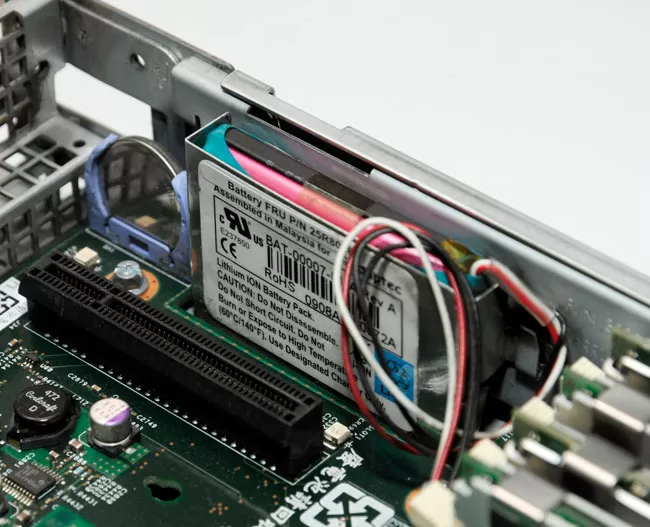
In some servers, to enable RAID 5 support, it was required to buy a software activation key, and in Supermicro - a hardware key. If a RAID battery is present and you are not looking at Supermicro, chances are you are getting a full-fledged fast disk controller.
13. Hard drives - select by FRU and P/N
HP, Dell, IBM, Sun servers are protected against using drives from other manufacturers. Therefore, the HDD will have to be taken from the same manufacturer as the server itself, but this is not a problem for the used market. When buying a used disc, make sure it has a holographic sticker from the manufacturer, and before buying, check the compatibility list on the manufacturer's website. IBM has a FRU number for each part, while HP and Dell list the model as “P/N”.
Normal hard drive sellers will help you choose a model for your server, and if you buy a complete machine, it is better to make sure that all HDDs are turned on, detected by the controller and do not emit unnatural sounds. It is almost impossible to hear the operation of the hard drive behind the noise of the server fans, but when the server boots up, you can go to the RAID controller menu and see the status of the hard disk, it should be "OK", "Healthy" or "Optimal" .
In Supermicro and Intel servers, you can use any hard disks that fit the interface, including those from Dell, IBM, HP and others.
14. Hard drives are SAS, 10K and 15K only. Only Hitachi!
The Ultra320SCSI interface is the last century, we don't consider it under any circumstances. That leaves SAS and SATA. We look at point 5 of this manual and refuse to buy SATA drives.
Home user doesn't need SAS hard drives, so they are cheap. There are two classes of SAS disks: Enterprise class and Nearline-SAS.
Nearline SAS (NL-SAS) : Seagate most often. A regular desktop HDD with a SAS controller and other firmware. Designed to fit large hard drives in SAS disk shelves. Format - 3.5 inches, spindle speed - 7200 RPM, disk size - any.
It is undesirable to take these disks, no matter how much you would like to buy a lot of terabytes for cheap. In fact, this is an ordinary computer HDD with a different controller, most likely this hard drive has already worked out its resource, but even the new ones were not comparable in reliability with the Enterprise-class models.
Enterprise SAS : hard drives with a spindle speed of 10 and 15 thousand rpm are the HDD of the highest class. Their design has been refined over the years for reliability and speed, but they are smaller in volume than the 7.2k RPM NL-SAS. Do not be afraid if such a HDD has worked under load for 5-6 years - for them it is like running in a car. It is better to buy 5-6 such HDDs and combine them in RAID 5 than to buy one SATA or NL-SAS drive.
On branded hard disks HP, IBM, Dell, very often the sticker with the model of the HDD itself can be covered with a holographic sticker. Basically, choosing such hard drives, you can take any - Seagate series Savvio, Cheetah or Hitachi Ultrastar. But if you have a choice, always take Hitachi - these are the most reliable hard drives in the world, their resource is unlimited.
15. SSD is better to buy new ones
If you need an SSD disk, it is better to buy it new, or when buying it yourself using a special program, see its residual resource. If the SSD resource is less than 70%, or if it cannot be determined, it is better to refuse the purchase.
16. Rack rails
Most likely, rack rails will have to be purchased separately. This is a hot commodity, and even a used one is expensive, so if you plan to place the server in a rack not on a shelf, but through a Rackmount mount, find the accessories for it in advance.
17. CD/DVD drives
Optical drives age even when they do nothing. So be prepared for the fact that even if the CD/DVD was not used in the server, it will refuse to read discs . Fortunately, this is not needed today: all servers can boot from USB and over the network, and an optical drive is unnecessary.
18. Network ports
Usually the server has 2 to 4 network ports. Expect one or two ports to fail - this is a frequent breakdown regardless of manufacturer. Eliminated by purchasing a network card for 40$ for 4 ports. A good reason for a discount.
19. Fans
All fans must be installed in the server case, they must not rattle or make strange sounds. On average, a server fan costs 50$, and buying them is not a problem. A completely different matter - fans on power supplies, they can cost significantly more and are rarely sold separately.
Fans on expansion cards in 1U or 2U chassis are generally useless - even without them, expansion cards such as HBA controllers will not overheat.
20. Built-in dashboards: HP iLO, IBM Light Path, Dell DRAC
Brand servers have built-in dashboards: LCD screens or LED panels. They should work, as they are used to identify faults, and this is the easiest way to quickly diagnose the server
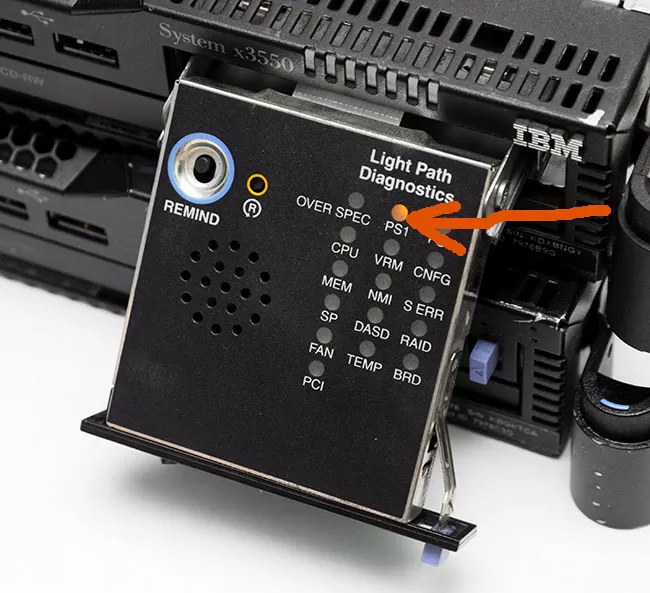
If an error, warning, yellow or red lights are displayed on the diagnostics panel, it is better to refuse the purchase or find out which element is giving the error. Possibly a hard drive, or possibly a motherboard.
22. Risers must be included
In servers, expansion cards are connected through risers: this is an adapter, for example, from one PCI Express 16x to 4 PCI Express 4x, or just a corner adapter for a PCI Express slot. By default, the servers come with risers, but the vendor can pull them out to sell separately. Even if you do not plan to install expansion cards, make sure these risers are included.
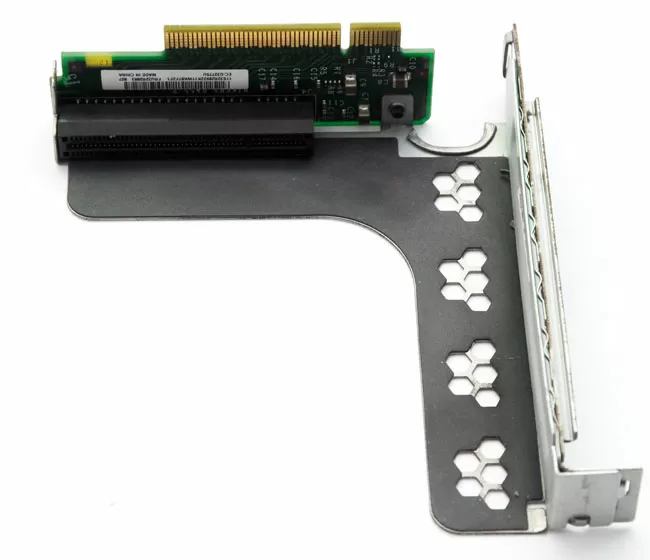
Why? Because you may need to supply some kind of expansion card, and risers are not so much expensive, how rare .
Total : choose HP or IBM in 1U or 2U format with two power supplies, a battery on a RAID controller, two processors and SAS hard drives with a rotational speed of 10 or 15 thousand revolutions per minute. We test with the seller, if possible, find rails for installation in a rack and prepare the server for a second life.
Immediately after purchase
After purchase, we recommend that you do the following:
- Find the instructions for the server on the manufacturer's website and download in PDF - tomorrow it may no longer be available.
- Proceed in the same way with all drivers for the motherboard and controllers
- Update BIOSes of all components: motherboard, self-diagnosis board, RAID controllers. Hard drives do not need to be reflashed - as a rule, there is no point in doing this
- Reset Internal Monitoring Settings (BMC, HP iLO, Dell iDRAC)
- Clean the fans from dust.
- Run Memtest or other stability test for a few hours.
What you need to be ready for
- Newer operating systems such as VMware ESXi may not support older processor, motherboard, or network card configurations. Use legacy operating systems.
- If the battery of the RAID controller has failed, a new one may not be available.
- Server backups should be stored on external storage systems or in the cloud.
- There is no technical support for old servers, but most of the problems have already been resolved on numerous forums.
Conclusion
For your server, you are the last resort, most likely you will throw it out when you need a new one, since selling a used server is much more difficult than buying.
Most likely, its performance will be enough for the growth of your company, and after working for several years in a banking data center, it will still serve you well for 3-4 years. No new server will give you such efficiency per dollar invested as a used one. Reliability is solved by simple duplication - you can buy two or three old servers and set up a failover cluster, and it will be 5-6 times cheaper than one new one.
Mikhail Degtyarev (aka LIKE OFF)
15/02.2018

